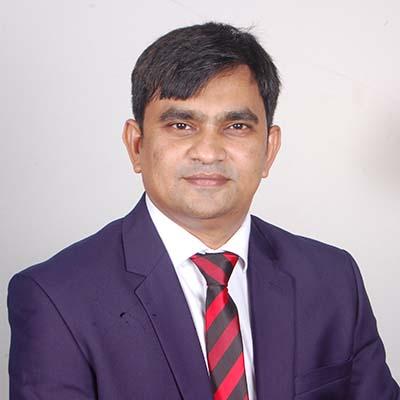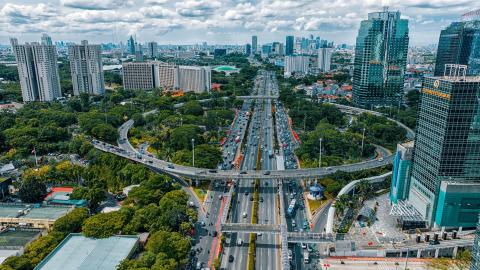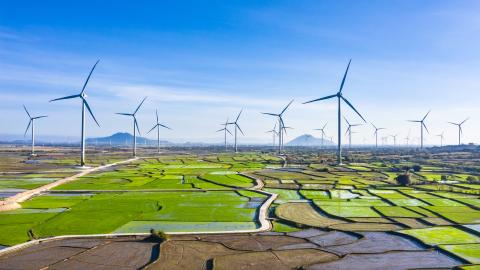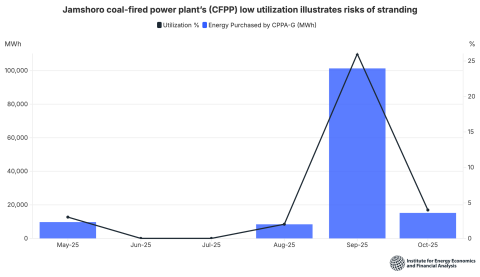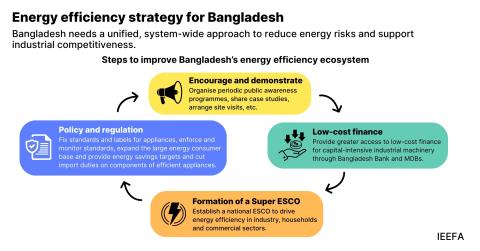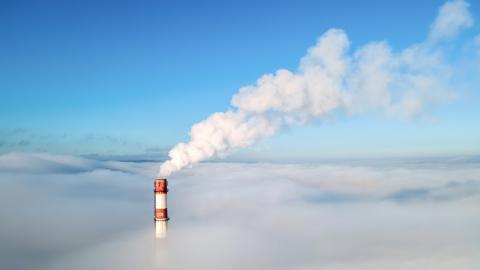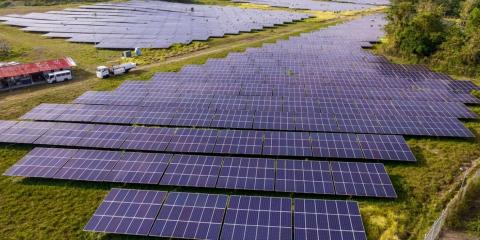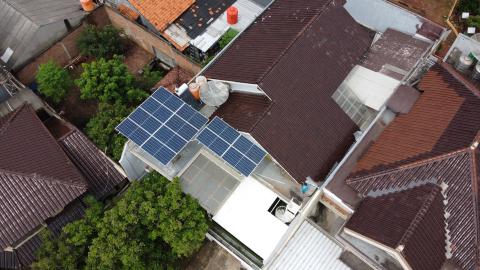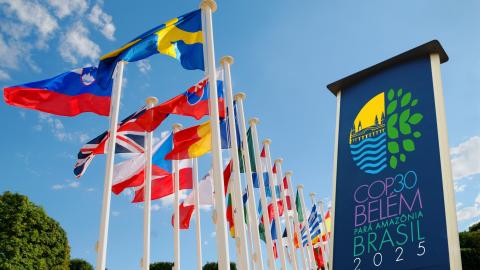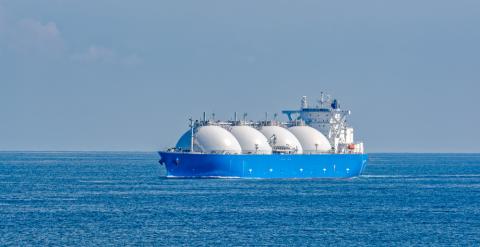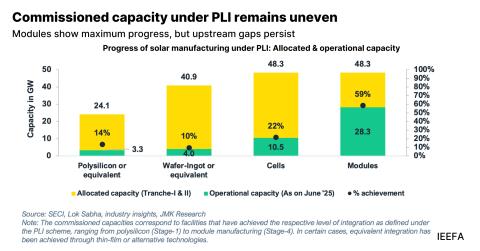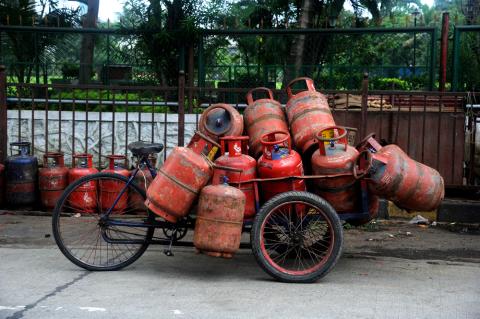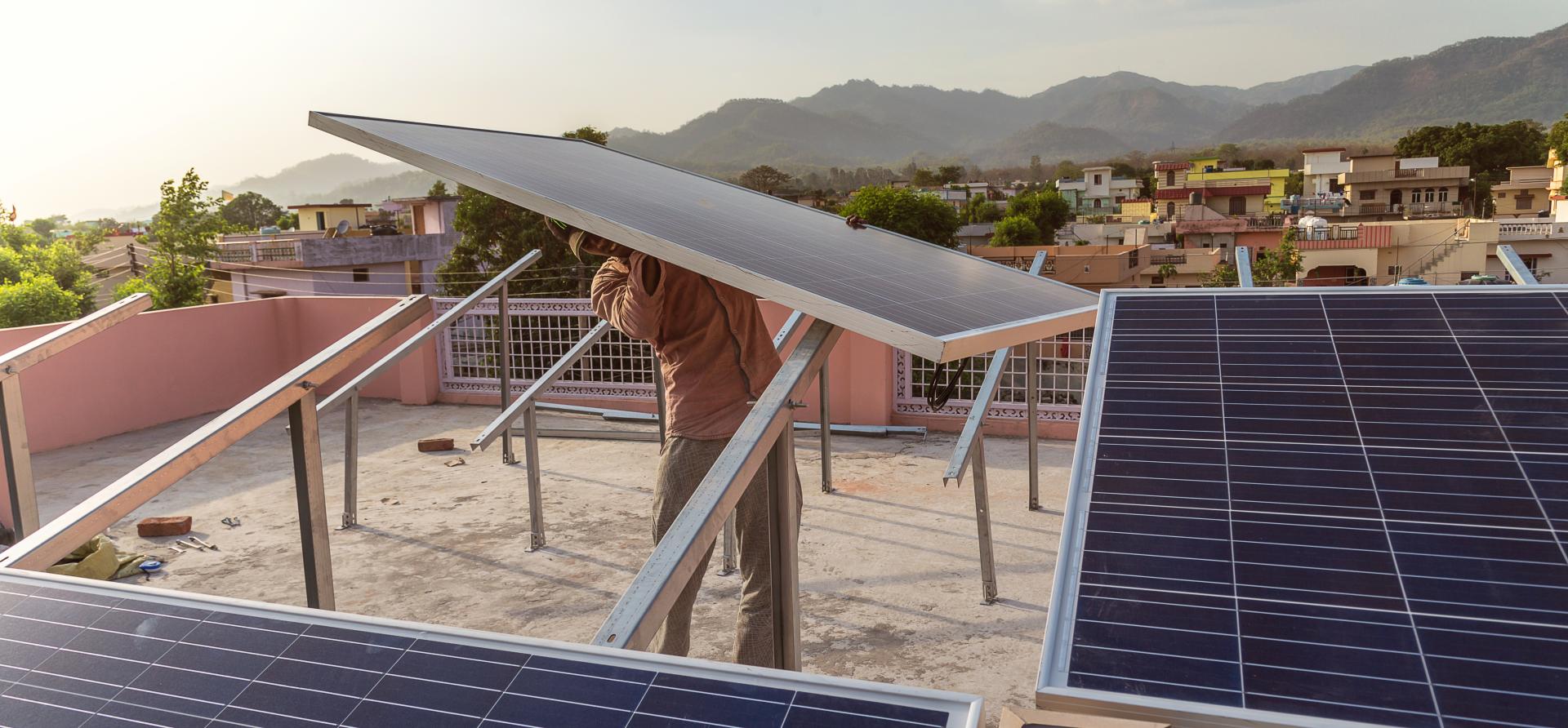
Key Findings
Bangladesh’s new rooftop solar programme sends a strong signal on the country’s commitment to shore up renewable energy capacity amid its limited success thus far.
Achieving new rooftop solar capacity of 3,000 megawatts (MW) in less than six months would require scaling up installations to more than 12 times the capacity of 245MW recorded in June 2025.
With the combined power demand in government offices, hospitals, educational and religious institutions being less than 1,500MW, their sanctioned load is much less than 3,000MW. This limits the possibility of achieving rooftop solar capacity of 3,000MW in these facilities under net metering guidelines.
Rooftop solar is a low-hanging fruit, which can help the country attain its new renewable energy target of 30% by 2040. However, with many unknown factors like actual rooftop solar potential and maintenance issues in the CAPEX model still unresolved, the government must design measures for readiness to dispel stakeholder concerns.
Bangladesh is struggling to boost renewable energy capacity amid the energy crisis and spiralling power tariffs. However, the Bangladesh government recently unveiled an ambitious plan to install new rooftop solar capacity of 3,000 megawatts (MW) by December 2025, after more than 15 years of lacklustre growth in the sector. The decision came on the back of a new Renewable Energy Policy approved on 16 June 2025 to achieve 30% renewable energy by 2040. The new programme proposes using public funds for rooftop solar in government offices under the Capital Expenditure (CAPEX) model. Further, it aims to encourage Engineering, Procurement and Construction (EPC) companies to invest in rooftop solar projects in hospitals, and educational and religious institutions under the Operational Expenditure (OPEX) model.
The government also acknowledged the country’s modest share of renewable energy in its power mix compared to its neighbours—India, Pakistan and Sri Lanka. On an installed capacity basis, Bangladesh’s share of renewable energy in its power sector is around 5% as opposed to Sri Lanka, India and Pakistan’s contribution of 63%, 48% and 47% respectively (see Figure 1). Even rooftop solar accounts for a significant part of the three countries’ renewable energy capacities in contrast to the tepid progress in Bangladesh.
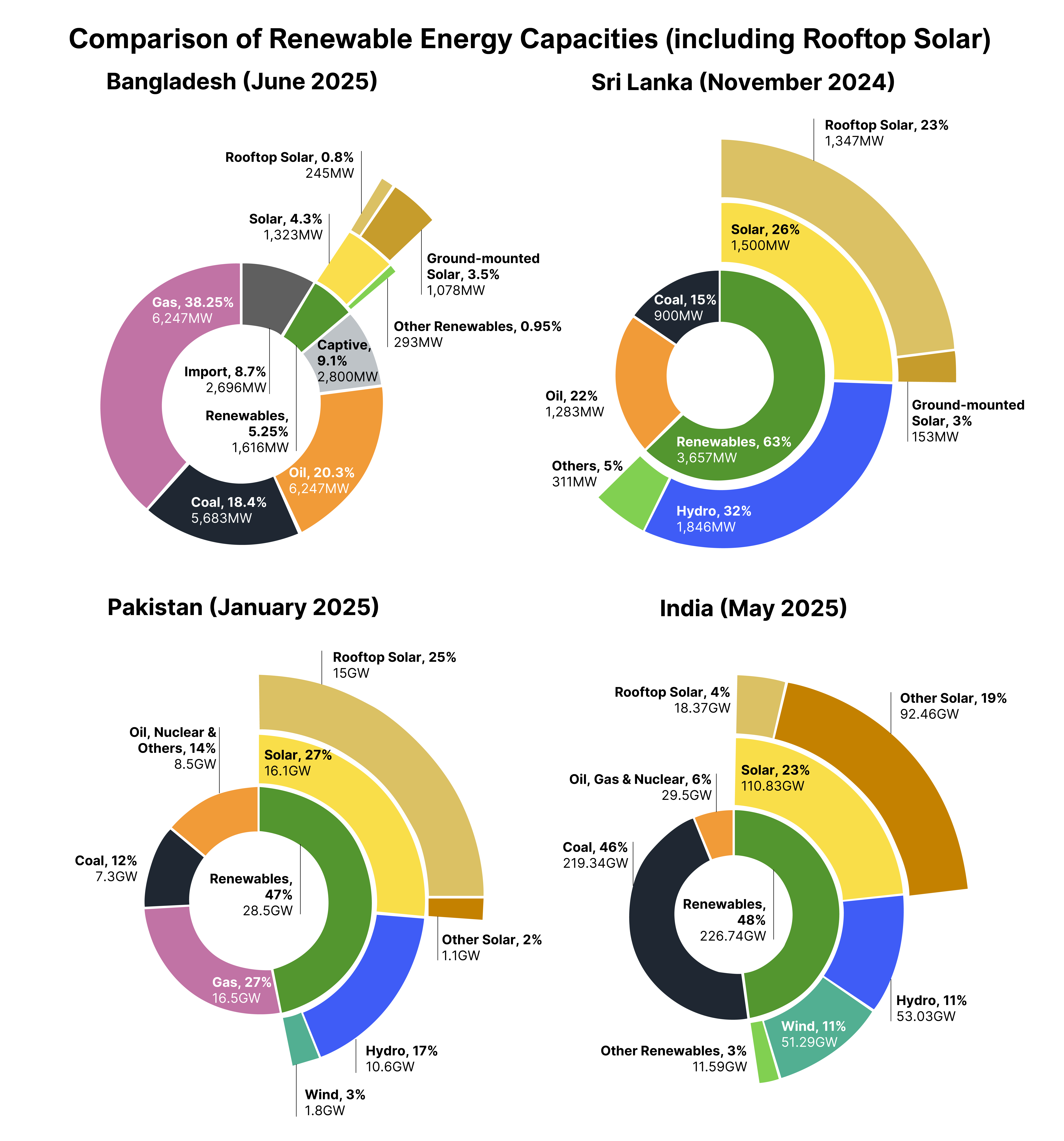
While rooftop solar remains a low-hanging fruit for Bangladesh with attractive return on investment, the country should address existing challenges, such as quality issues and lack of monitoring, that have deterred its wider adoption. Bangladesh can draw on the experience of India, Pakistan and Sri Lanka, as it prepares to implement its rooftop solar programme.

